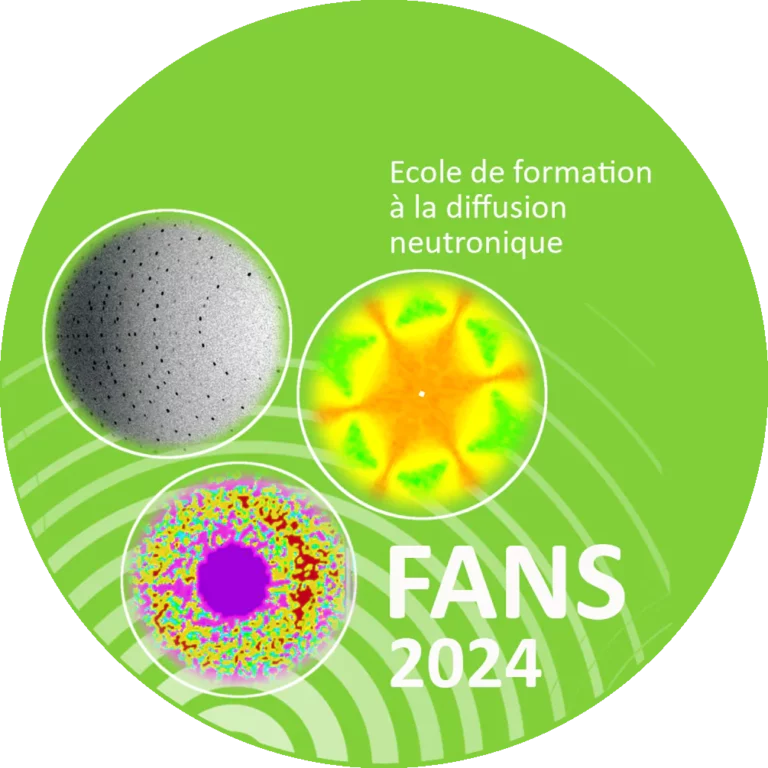Bienvenue sur le site de la
Société Française de la Neutronique
Bienvenue sur le site de la
Société Française de la Neutronique
La SFN est une société savante créée en 1994 afin de promouvoir la neutronique au sein de la communauté scientifique et de fédérer la communauté française de la neutronique, avec un vaste spectre de domaines scientifiques (physique, chimie, biologie, etc.).
Chaque année, elle organise les Journées de la Diffusion Neutronique, durant lesquelles elle décerne son prix de thèse pour récompenser un.e jeune scientifique.
Sont proposées régulièrement des Écoles Thématiques, dont les cours sont publiés et en libre accès.
Enfin, ce site est à votre disposition : il constitue un espace d’échange d’informations autour de la neutronique, n’hésitez pas à nous contacter pour y proposer de nouveaux contenus !
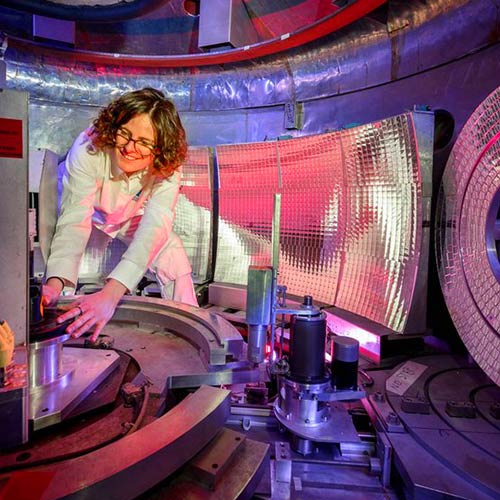
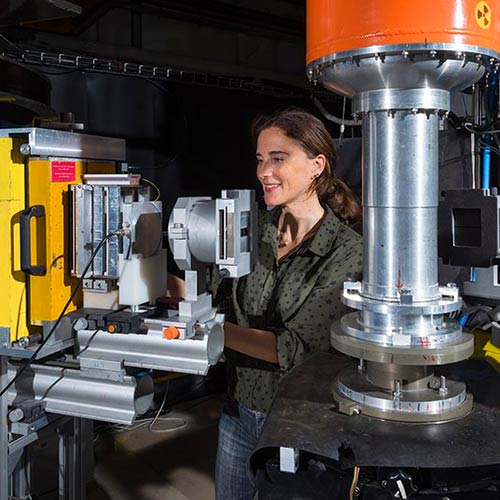
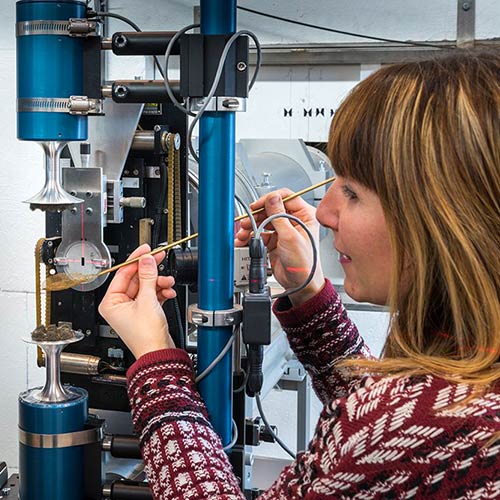
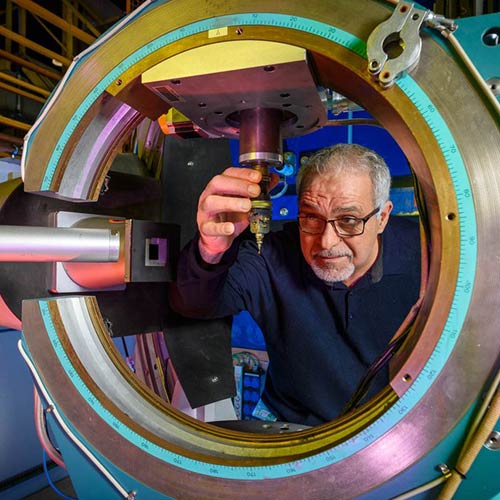
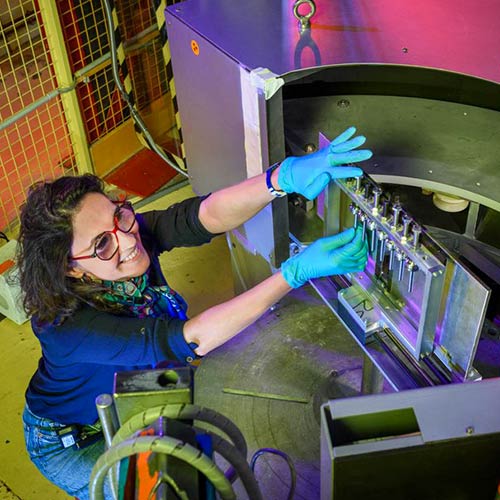
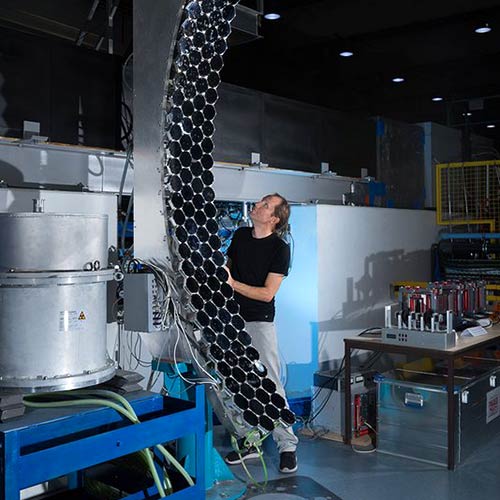
Les ressources françaises en diffusion neutronique : demande d'une stratégie nationale
Le Conseil d’Administration de la Société Française de la Neutronique a rédigé un texte appelant à une politique française ambitieuse pour la diffusion neutronique. Ce texte a été adressé en août 2023 au Ministère de l’Enseignement Supérieur et de la Recherche, au CNRS et au CEA.
Bulletin SFN-2FDN
 Le dernier bulletin mensuel SFN-2FDN est disponible !
Le dernier bulletin mensuel SFN-2FDN est disponible !
Ce bulletin d’information est dédié à la communauté des utilisateurs de la diffusion neutronique. Il est co-rédigé par la 2FDN et la SFN.
Prix de thèse SFN
Lauréat 2023
Jury présidé par Virginie Simonet
Mohamed Aouane
Endofullerènes : Dynamique en confinement étudiée par spectroscopie neutronique

Actualités
JDN 2024 – SAVE THE DATE
Les Journées de la Diffusion Neutronique JDN 2024 auront lieu du 30 septembre au 3 octobre 2024 sur le site paradisiaque de l’Ile de Porquerolles dans le Var. Plus d’informations concernant le programme et l’appel à contributions vont suivre mais vous pouvez dès à présent réserver les dates dans vos agendas !

Bombannes 2024
La 16ème Bombannes Summer School, autour des Scattering Methods Applied to Soft Condensed Matter, se tiendra du 4 au 11 juin 2024 au centre Les Bruyères à Bombannes/Carcans-Maubuisson.

OBATT
Les International Operando Battery Days auront lieu du 12 au 14 juin 2024 au World Trade Congress Center à Grenoble.
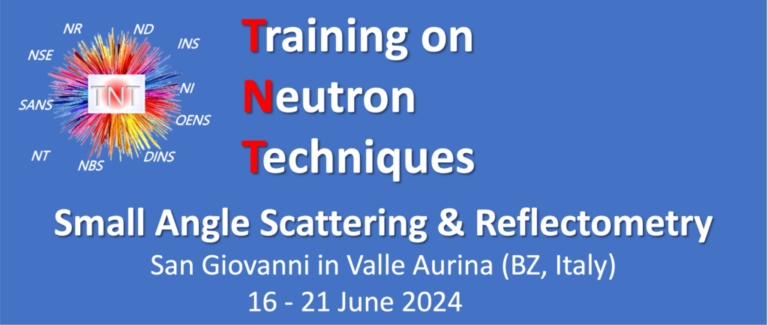
TNT Summer School
La TNT Summer School, au sujet de la diffusion aux petits angles et de la réflectométrie, aura lieu à San Giovanni à Valle Aurina (Italie) du 16 au 21 juin 2024.

SXNS17
La conférence SXNS17, aura lieu du 15 au 18 juillet 2024, sur le campus EPN (ESRF, ILL) à Grenoble.
